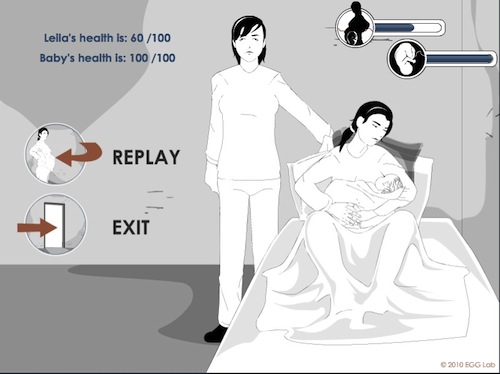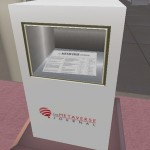 Linden Lab CEO Rod Humble has posted an update to Second Life residents on progress and future plans. Have a read for yourself in full here, but the most interesting part for me was this:
Linden Lab CEO Rod Humble has posted an update to Second Life residents on progress and future plans. Have a read for yourself in full here, but the most interesting part for me was this:
Over the next few months (with testing most likely starting in December), we will be rolling out a series of more advanced features. These will make the creation of artificial life and artificial people much smoother. For starters, we’ll unveil a new, robust pathfinding system that will allow objects to intelligently navigate around the world avoiding obstacles. Imagine being able to create advanced pets, creatures or even a living town where non-player characters are walking about. Combined with the experience tools I mentioned above, it should soon be possible to create more advanced MMORPG’s or interactive experiences which use AI right within Second Life.
It’s a good enhancement in so many ways, and its timing is good with the unveiling of improved AI world navigation capabilities for Unity 3.5. It certainly keeps Linden Lab in the game and provides some interesting content creation opportunities currently not available.
Of course, this story’s title is tongue in cheek but it fits this announcement as no doubt someone will use the new features for nefarious purposes…







Recent Comments